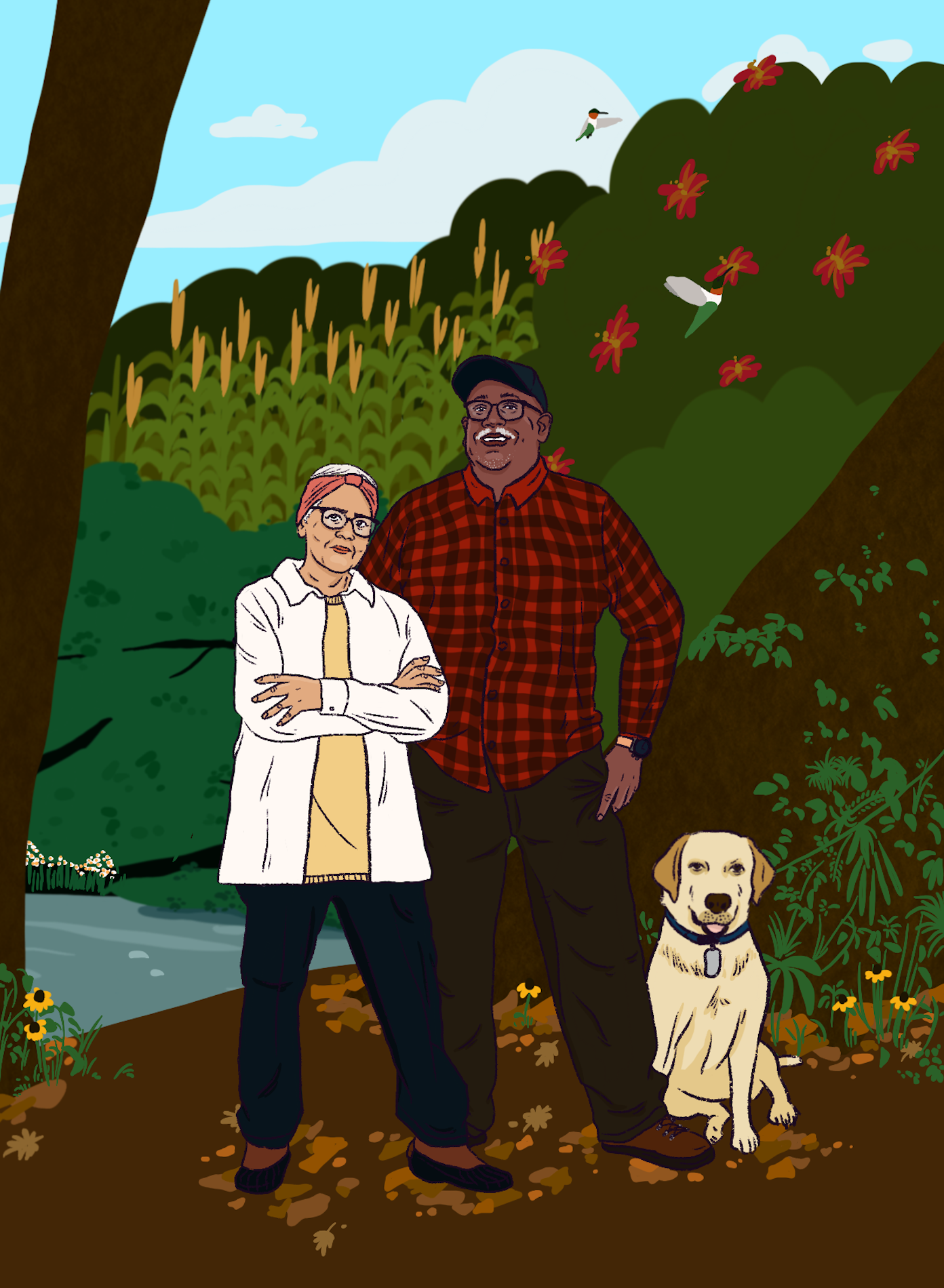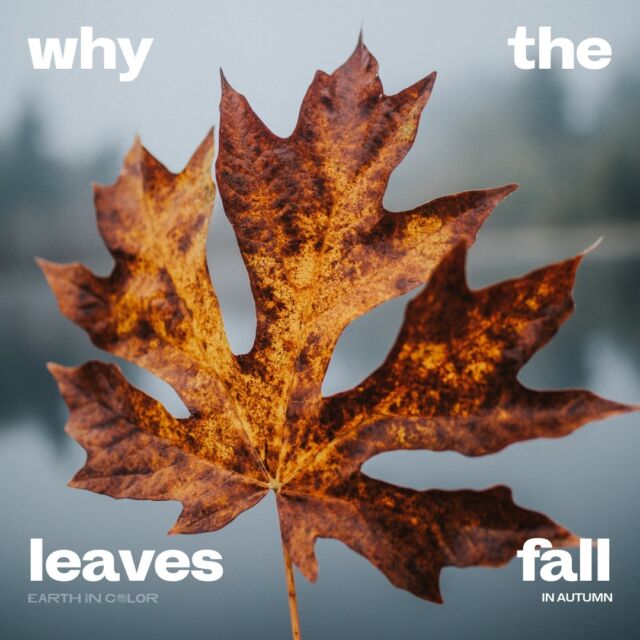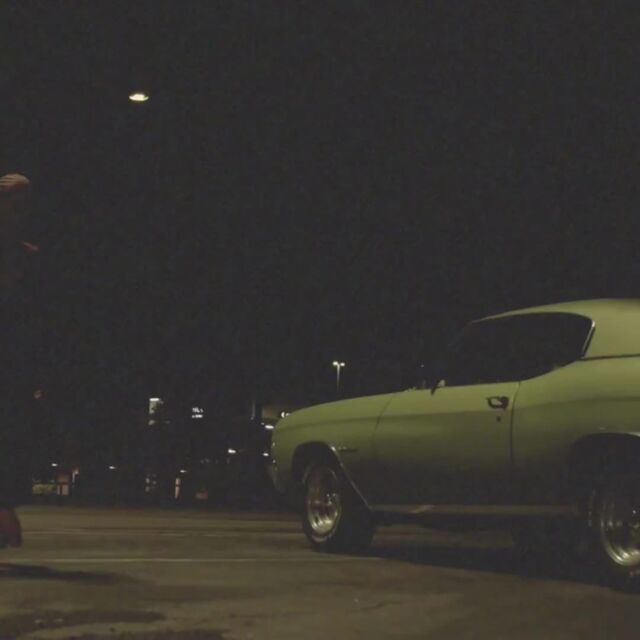This story was originally published in the first issue of Radicle, our interactive print publication which centers Black voices and perspectives in sustainability and the environment. Radicle explores a range of topics including environmental justice, indigeneity, sustainable homebuilding, and plant-forward home cooking. The publication was designed to spark curiosity and celebrate community, all while healing our people and the planet.
In the cozy, overgrown garden of a student-run co-op situated on Muwekma-Ohlone land, I sat down with Vanessa—bubbly and radiating warmth—to talk about what indigeneity means to her. Vanessa is a Native American woman who reflects on her tribe’s recent federal recognition, and as a result, wrestles with her relationship to her homeland and her Indigenous culture. Vanessa is enrolled in the Chippewa (chi·puh·waa) Cree Tribe of Rocky Boy Indians but is also ancestral to the Little Shell Band of Chippewa Indians (the Chippewa are also known as Ojibwe and Anishinaabe).
Vanessa’s story is an opportunity for us to center indigeneity as we are renewing our cultural connections to the land. In a world where Indigenous voices are overshadowed and often unheard, it is important to acknowledge Indigenous survivance. When we talk about restoring our connections to place, we are talking about our relationship to our own ancestral lands, our own indigeneity. This story is a window into what it means to connect to the land and provides us with the language and mindset that can strengthen our allyship with Native American communities and helps us honor the indigeneity that exists within us all.
INDIGENEITY 101
Throughout this piece, we highlight concepts related to indigeneity within the U.S. context that are deeply intertwined with Native American culture and communities. That said, keep in mind that many technical terms and constructs that we mention were created by a colonial government entity.
“I feel like Alaska is my homeland, but I also know that it’s not my land; I’m occupying land stolen from another Indigenous group…” Vanessa Denali Standing Horse Farley
Ashley Song Where do you call home?
Vanessa Denali Standing Horse Farley of the Chippewa Cree Tribe of Rocky Boy Indians: I grew up in Alaska on Dena’ina Elnena land, but my ancestral lands are elsewhere. I’m Chippewa Cree, so I guess the reservation of the tribe that I belong to is in Montana. But generally, our historical lands have been in southern Canada and the northern parts of the U.S., since we were a nomadic tribe…home…that’s a complicated answer. Where my tribe is originally from is different from where I’ve grown up, so I feel like Alaska is my homeland, but I also know that it’s not my land; I’m occupying land stolen from another Indigenous group…which is something that’s a bit complicated.
WHAT IS NATIVE AMERICAN TRIBAL ENROLLMENT?
Each individual tribe establishes its own set of enrollment criteria, which could include shared customs, language, traditions, and tribal blood. For example, blood quantum laws define Native American identity by percentages of ancestry, but many tribes don’t use blood quantum as part of their enrollment criteria. Members contact tribal leadership directly to obtain criteria for membership. While enrollment is one way to determine Native membership, it is important to remember that many tribes are unrecognized by the U.S. government and do not have the ability to legally enroll members. Many Native peoples are simply not enrolled; Native membership is much more about kinship than it is about the technicalities of enrollment.
WHOSE LAND ARE YOU ON?
Start with a visit to native-land.ca, a great website to know whose land you occupy. The website maps Indigenous languages, treaties, and territories across the globe. Or, text 907-312-5085 with the city you’re in [City, State] to see whose land you’re on.
“I feel like not having a land base—or because we don’t have land—Little Shell members have gone elsewhere to find land.” Vanessa Denali Standing Horse Farley
Ashley How have you, your family, and your community grappled with the idea of home and belonging?
Vanessa So my family is ancestrally part of both the Little Shell Band and the Rocky Boy Tribe…and until December of 2019, last month, literally three weeks ago, the Little Shell Band of Chippewa Indians was not federally recognized. This means that you don’t have a land base, and members don’t get the same resources that other federally recognized tribes have. This is something that I’ve been thinking a lot about because so many of our Little Shell citizens, most of our members actually, are enrolled in other tribes. This has been a huge cause for the dispersal of us and of our people and that community.
WHAT DOES IT MEAN FOR A TRIBE TO BE “FEDERALLY RECOGNIZED”? WHAT ADDITIONAL RESOURCES ARE AVAILABLE FOR TRIBES THAT ARE FEDERALLY RECOGNIZED?
There are 574 federally recognized tribal nations in the U.S. as of August 2020, although this number is constantly changing. The process of achieving that federal recognition from the Bureau of Indian Affairs can be difficult, since it requires tribes to demonstrate continuous existence as a Native American entity from colonial times to present. This process often ignores the many ways in which Native Americans still experience togetherness even if they can’t demonstrate it as defined by the American government. These laws often ignore the realities of American history and the colonial realities of current members, applying a label and form of legitimacy by a historically oppressive and colonial entity. For a Native American tribe, federal recognition comes with additional resources including housing, healthcare, and educational funding. The reality is, however, that many of these obligations are often unmet or underfunded.
“I acknowledge that so much of identifying as Indigenous is inward, rather than outward-facing.” Vanessa Denali Standing Horse Farley
Ashley Can you elaborate more about how western constructs of indigeneity have shaped your identity?
Vanessa I’m enrolled in the Chippewa Cree Tribe of Rocky Boy Indians, but I am also ancestrally Little Shell Chippewa. My family has considered switching over enrollment since Little Shell was federally recognized, but it’s quite difficult, logistically. Even though I belong to both tribes, I’m not allowed to have on-paper citizenship in both. Blood quantum, for example, is a weird and western construct that has been forced on Native Americans to consider eligibility for enrollment. But for me, identifying as Native and as a tribal citizen is much more related to kinship, rather than blood quantum. It’s about your care and investment for the community. As a Native and white mixed person, this is something I’ve struggled with a lot, but ultimately, I acknowledge that so much of identifying as Indigenous is inward, rather than outward-facing.
Ashley What do you want readers to come away from this piece with?
Vanessa I guess my personal agenda, and what I’m a strong advocate for is—I see how important and impactful it’s been for my tribe, my Little Shell Band to not have land. So I’m just a huge advocate for land sovereignty and recognizing how important land is to folks, and what it means that it was taken away and then reallocated to Native peoples in these little chunks of undesirable land that are oftentimes not even our ancestral lands in the first place. Just federally recognize more tribes and acknowledge Native sovereignty! And, honor the treaties that Congress made with Native nations! The growing popularity of land acknowledgments is really great because it relates a lot back to how by knowing the history of the land you are on, I think you’ll feel a lot more rooted and grounded and deliberate. And so knowing the history of the land and knowing whose land you’re on, as given by…land acknowledgments, I think can be really helpful in folks being deliberate.
WHAT IS LAND ACKNOWLEDGEMENT?
can include sharing the history of a given place, stating the land’s Indigenous name and names of ancestors or living Indigenous people from these communities. Normalizing this practice honors native lands, celebrates Indigenous people, and shares knowledge about who the land belongs to.






















![Did you know you could be buying fake honey? 👀🍯
According to @detroithives co-founder Timothy Paule Jackson, “ninety percent of most honey that you get in big box stores is fake.” To make sure you’re getting the real stuff, he suggests checking out the nutrition label. Fake honey will have ingredients like “high fructose corn syrup, peach syrup, [and] it’ll have some type of sugar.” Avoid honey labeled as “pure” or “pasteurized,” and instead look for words like “raw” or “local.”
And with winter approaching, it’s the perfect time to stock up — not only is it full of vitamins and minerals, but real honey can also be used as a remedy for sore throats and coughs. Swipe to check out some of our favorite Black-owned bee farms and Black beekeepers selling the good stuff 🐝🍯](https://earthincolor.co/wp-content/uploads/sb-instagram-feed-images/314552686_126502226881255_7598404171432106028_nfull.jpg)



